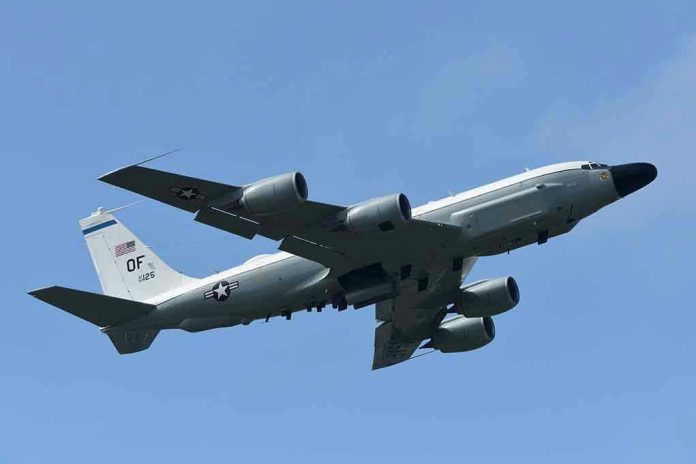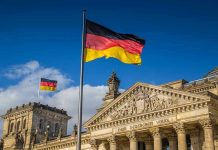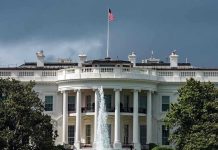
Why are so many US military aircraft painted grey? The answer is not about style—it’s about survival, efficiency, and the hard lessons learned from a century of warfare.
Story Overview
- Grey paint is the global standard for military aircraft, chosen for its ability to blend with the sky and reduce visibility.
- The shift from bright colors to grey was driven by operational necessity, not aesthetics.
- Modern stealth technology and radar-absorbing materials reinforce the use of grey and low-visibility schemes.
- Grey is effective in a wide range of environments, making it ideal for global deployment.
- The trend is not unique to the US; most air forces worldwide use grey for the same reasons.
From Bright Colors to Grey Camouflage
Early military aircraft were painted in bright colors or basic camouflage patterns to distinguish nationalities and boost morale. During World War I, planes wore olive, green, or khaki to blend with the ground, but these schemes proved ineffective at higher altitudes. As air combat intensified, the need for concealment became clear. By World War II, aircraft began operating at much higher altitudes, and the two-tone green/brown camouflage used by the British and others failed to hide planes against the sky. The US and Allied forces shifted to grey schemes, such as “open grey” and “sea grey,” to reduce visibility and improve operational effectiveness.
Operational Efficiency and Global Flexibility
The adoption of grey was not just about hiding from enemy eyes. Grey paint is effective in a wide range of environments and lighting conditions, making it suitable for global operations. The US military continued to use grey as the standard after WWII, with some aircraft flown unpainted (silver) to save weight and speed up production. The Cold War and the rise of radar and stealth technology further reinforced the use of grey and low-visibility schemes. Today, grey remains the dominant color for US military aircraft, with stealth technology and radar-absorbing materials enhancing concealment.
Modern Stealth and Technological Advancements
Modern stealth aircraft rely on grey and low-visibility schemes to maximize their effectiveness. The development of radar-absorbing materials and advanced camouflage techniques has made grey even more important for operational success. The US Air Force and other global air forces continue to emphasize the importance of concealment and operational efficiency in paint scheme decisions. Aircraft manufacturers follow military specifications and requirements, ensuring that new aircraft are built with the latest technology and camouflage standards.
The use of grey is not limited to the US; it is a global standard adopted by most air forces. This trend is driven by the need for concealment, operational efficiency, and global deployment flexibility. Grey paint is effective in a wide range of environments and lighting conditions, making it ideal for global operations. The shift to grey was influenced by changes in warfare, technology, and the need for global deployment flexibility.
Sources:
How Has Military Aircraft Camouflage Evolved Over The Years?
Why Are Almost All Military Ships & Aircraft Painted Gray?















